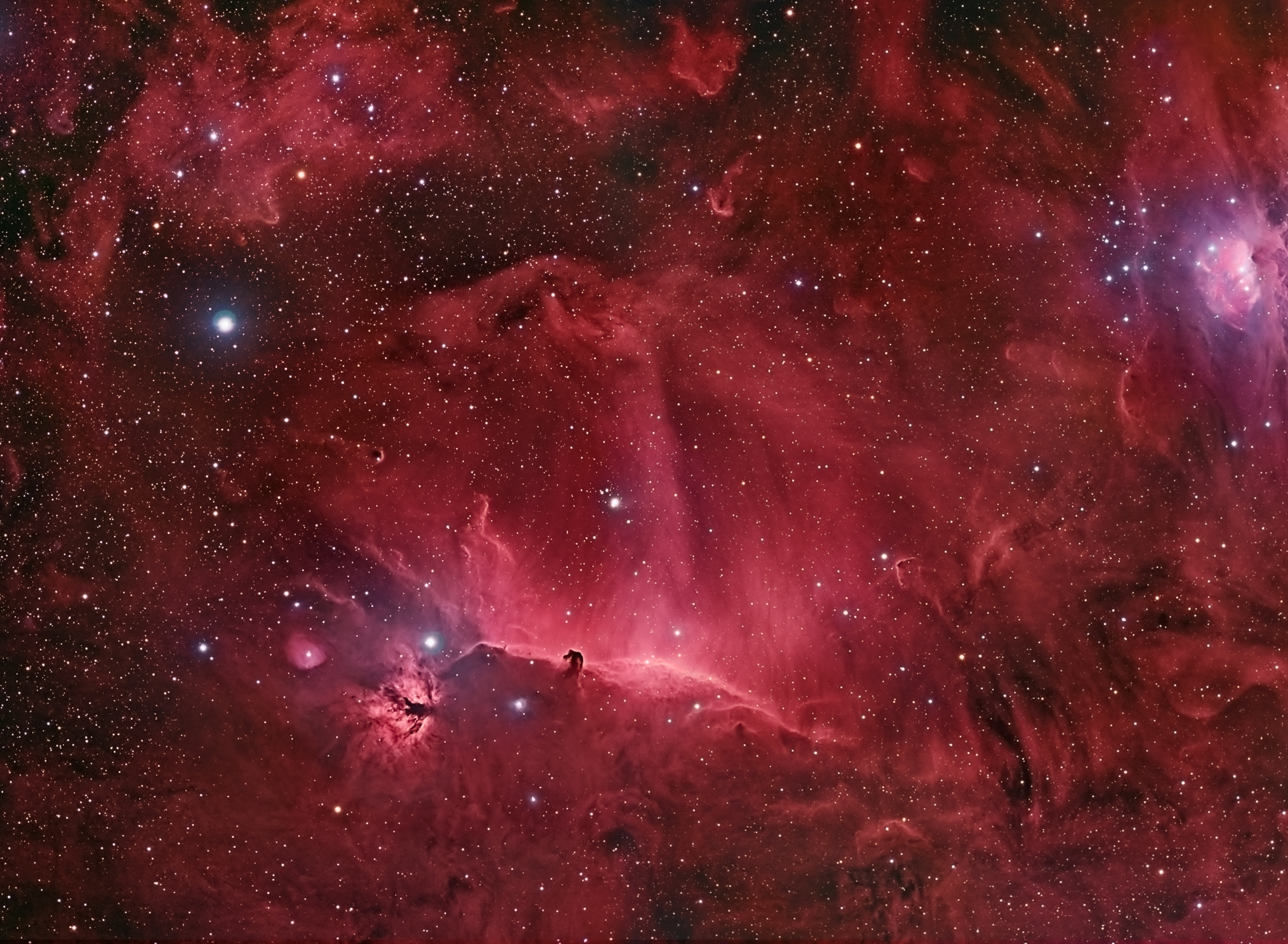 There is always something to do if you are interested in getting a bit more involved in astronomy. Right now, you can learn at a lecture, attend a star party, or take part in a global project to record light pollution while learning about new constellations. Read on for details.
There is always something to do if you are interested in getting a bit more involved in astronomy. Right now, you can learn at a lecture, attend a star party, or take part in a global project to record light pollution while learning about new constellations. Read on for details. Here in San Francisco, the California Academy of Sciences hosts a lecture series on astronomy topics. The Dean Lecture Series features talks on some of the most riveting subjects in astronomy, and Monday April 4th is the next talk, presented by Joel Primack and Nancy Ellen Abrams, focuses on the most modern research in cosmology, that of Dark Matter and Dark Energy.
The California Academy of Sciences also has a fun event every Thursday night with its "NightLife" series, transforming the museum into a fun party. Each week has a theme, and next Thursday April 7th is Yuri's Night, an annual celebration of the first man in space. If the skies are clear, you can find me on the Living Roof giving star tours alongside the docents of the museum showing off planets, nebulae and the Moon through telescopes.
If you don't live in San Francisco, visit the Night Sky Network website to find lectures and astronomy clubs in your area.
The Globe At Night project is now in the second phase, inviting Citizen Scientists around the world to support the effort to raise awareness of light pollution, learn about the night sky in your neighborhood, and pay attention to details of the constellation Leo the Lion. Take part - it only requires a few minutes and is an eye-opening experience.










